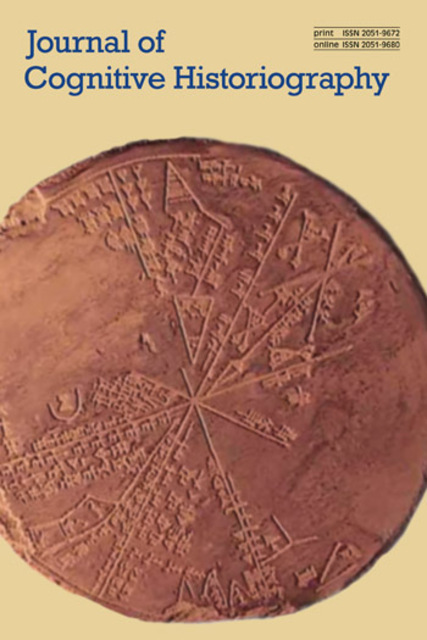Shadows in the New Testament: Cognitive Approaches to Early Christian Literature

Full description
This article treats the roughly half dozen instances of shadows in the Christian New Testament using evolutionary-cognitive approaches and understandings. This literary-historical data set generally conforms to predictions from cognitive science in two ways. First, shadows stimulate cognitive interest due to their evolutionary ties to predation and humans as both prey species and hunter. Second, shadows fortify the status of supernatural agents due to shadows’ uncertain and shifting boundaries, which lend themselves to agency attribution. Additional discussion theorizes shadows as a type of object particularly related to religious beliefs, due to shadows’ particular set of characteristics that differ from standard folk ontologies. This unique typology is shared with certain other objects likewise possessing outsize presence in religious history such as clouds, flame, and smoke.
- typeImage
- created on
- file formatjpeg
- file size76 KB
- container titleJournal of Cognitive Historiography
- creatorPaul Robertson
- issnISSN 2051-9680 (online)
- issue4.2
- publisherEquinox Publishing Ltd.
- publisher placeSheffield, United Kingdom
- doi
We use cookies to analyze our traffic. Please decide if you are willing to accept cookies from our website. You can change this setting anytime in Privacy Settings.
